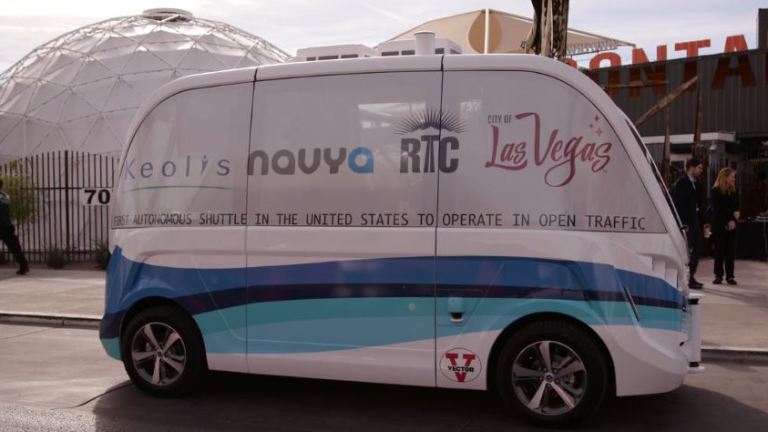A few positive developments for the future of transit today! As we have discussed before – the question of transit + ridesourcing (Uber/Lyft) as opposed to transit vs. ridesourcing will be one of the most fundamental questions to how cities develop in an AV future. If there is collaboration, accessibility can increase tremendously without (as much) increase in congestion or a push towards sprawl. If they are in competition – and ridesourcing triumphs in a way that makes transit unfeasible – we are in for the darkest of futures (see previous posts for more on this). So now – onto the news:
In Seattle, Uber is endorsing the cities $54 Billion (with a ‘B’) transit ballot initiative. Uber has not traditionally endorse ballot initiatives one way or another, but the fact they are supporting transit, coupled with the partnerships they are developing with cities to work cooperatively in the mobility world points to a promising future. Of interest in the article is also Uber’s Seattle General Manager’s quote that Uber’s mission is to “reduce congestion and pollution by moving more people with fewer cars, and provide better mobility options for all people living in the region.” Uber and transit combining to be mobility/accessibility companies, and not ridesource and transit individually, is a large step in the right direction.
In that same vein, this article talks about AV paratransit being developed in Hillsborough, Florida – launch expected in 2017. Could be a great option for hardest to serve and for first/last mile access to transit.


